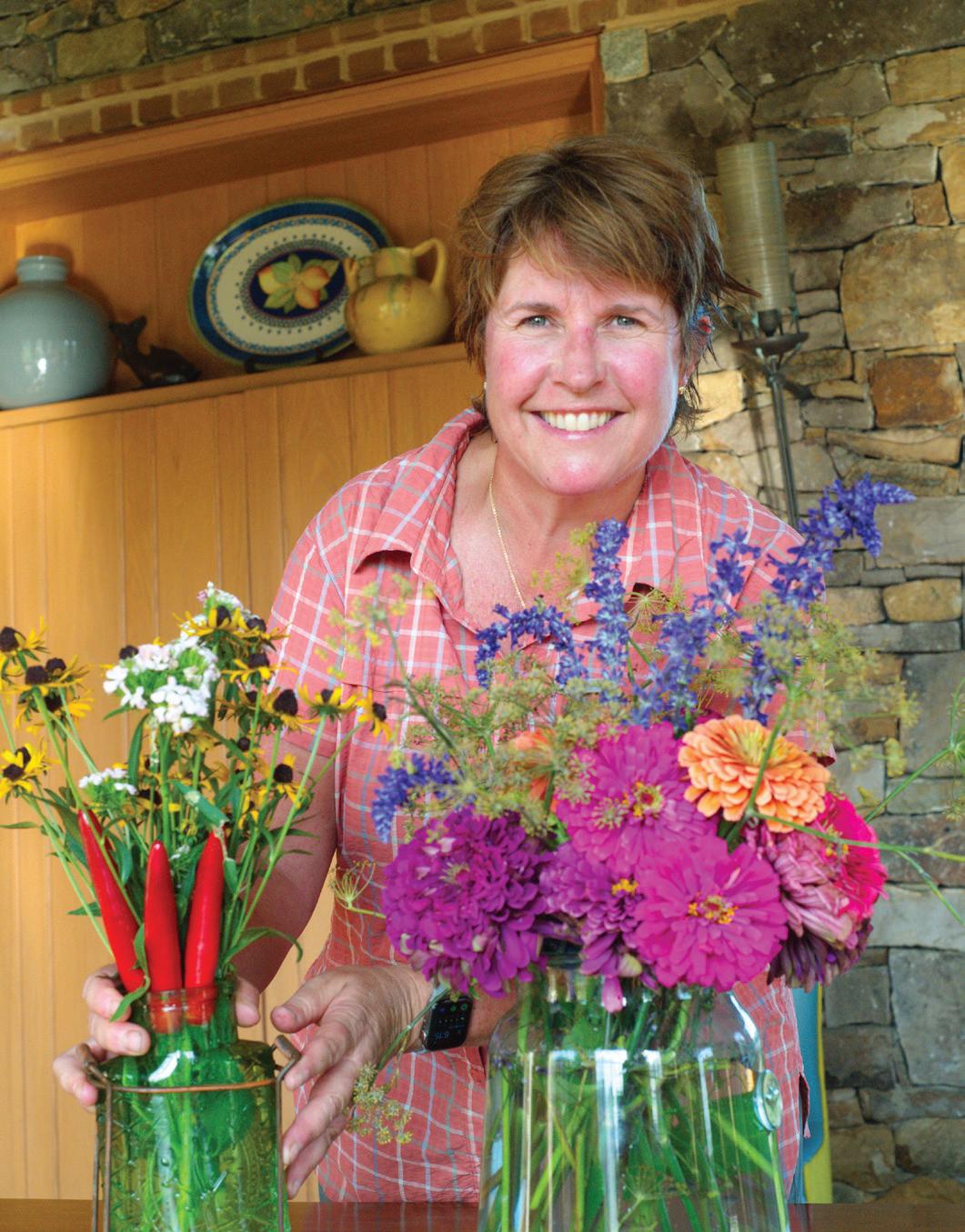FALL 2020
Fully Fauquier Apps to aperitifs: We’ve pulled together everything the county has to feed your needs
Inside
• Feast on the best of the region • Farm to fork • Furniture fix
Classic cocktails with a twist: Stocking your bar with local everything
Not that kind of Moon Shine Modern farmsteading stays close to home FALL 2020
1





